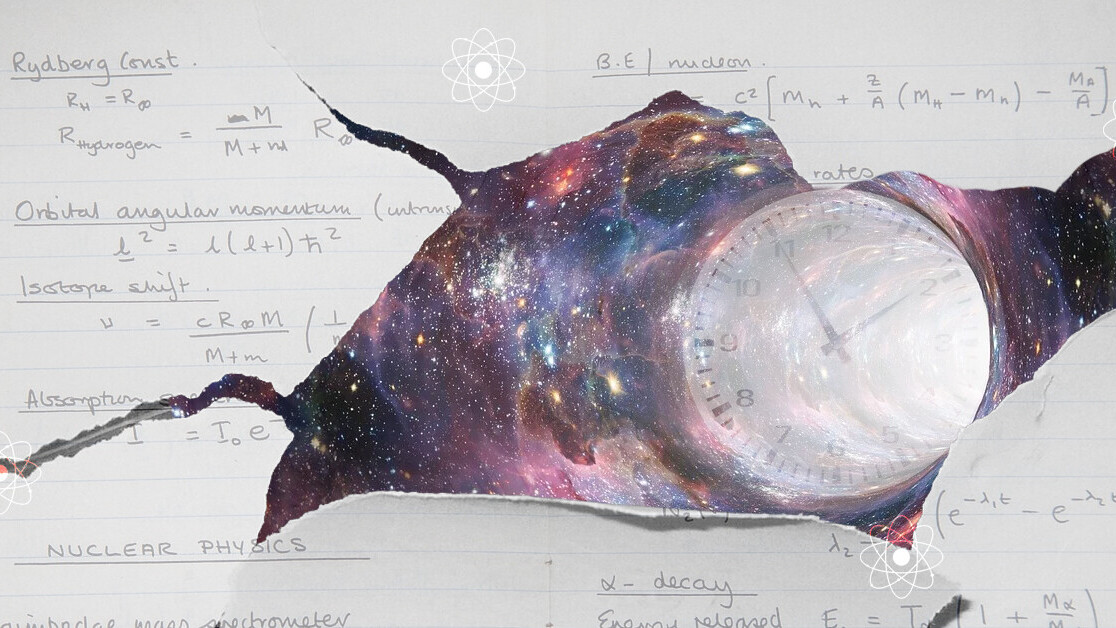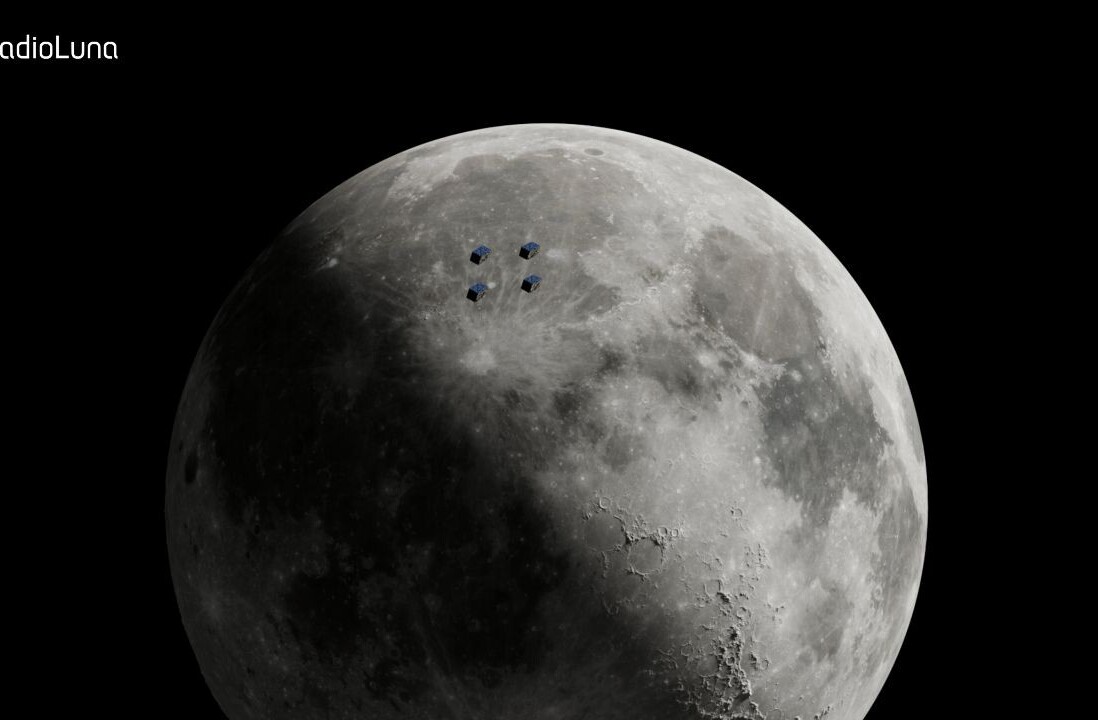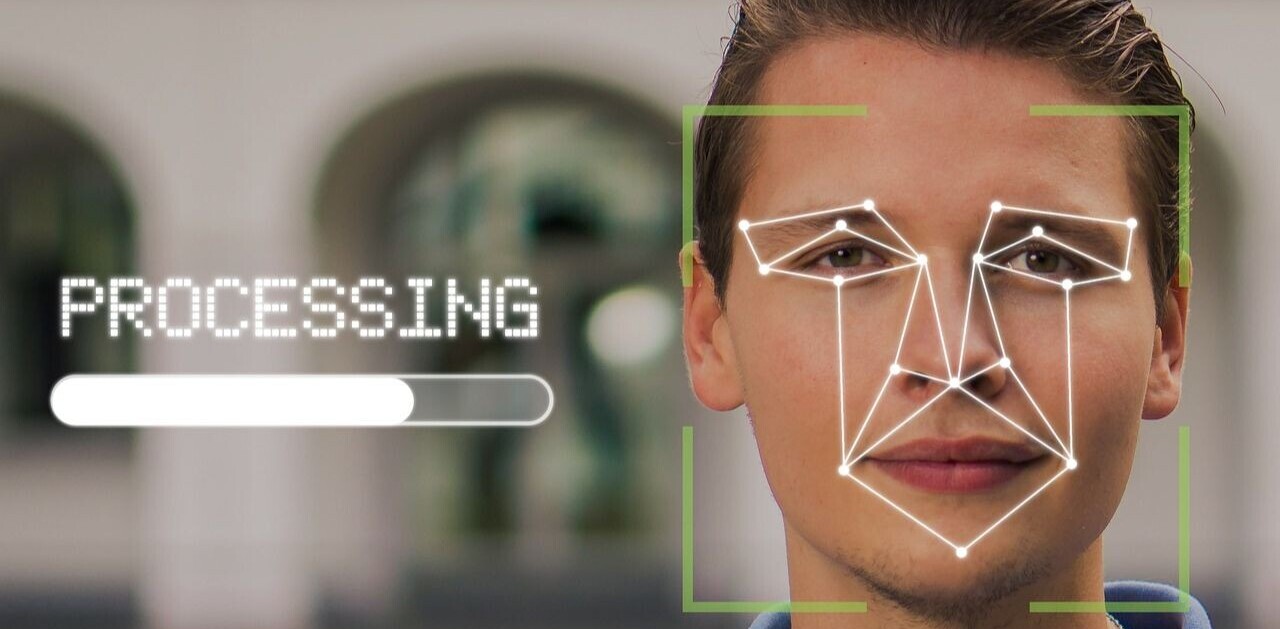
A team of scientists from the University of Chicago discovered a method by which quantum states can be integrated and controlled in everyday electronics. The team’s breakthrough research resulted in the experimental creation of what they’re dubbing a “quantum FM radio” to transmit data over long distances. This feels like an eureka moment for quantum computing.
The team’s work involves silicon carbide, a naturally occurring semiconductor used to make all sorts of electronics including light emitting diodes (LEDs) and circuit boards. It’s also used in rocketry due to its ability to withstand high temperatures and in the production of sand paper – presumably because it’s coarse. What we’re excited about is its potential as a conduit for controlling quantum states.
Today’s quantum computers – under the IBM/Google/MIT paradigm – are giant, unwieldy things that absolutely won’t fit on your desktop. They require lasers and sub-zero temperatures to function. You need a team of physicists standing by in an expensive laboratory just to get started. But the University of Chicago team’s work may change all that.
They used good old fashioned electricity, something we’re pretty good at controlling, to initiate and direct quantum states in silicon carbide. That means they didn’t need fancy lasers, a super cold environment, or any of that mainframe-sized stuff to produce quantum results. This wasn’t the result of a single experiment, but in fact involved two significant breakthroughs.
The first, the ability to control quantum states in silicon carbide, has the potential to solve quantum computing’s “exotic materials” problem. Silicon carbide is plentiful and relatively easy to work with compared to the standard-fair physicists use – which includes levitated atoms, laser-ready metals, and perfectly-flawed diamonds. This is cool, and could fundamentally change the direction most quantum computing research goes in 2020 and beyond. But it’s the second breakthrough that might be the most exciting.
According to a press release from the University of Chicago, the team’s method solves quantum computing’s “noise” problem. Per Chris Anderson, a co-author on the team’s paper:
Impurities are common in all semiconductor devices, and at the quantum level, these impurities can scramble the quantum information by creating a noisy electrical environment. This is a near-universal problem for quantum technologies.
Co-author Alexandre Bourassa added:
In our experiments we need to use lasers, which unfortunately jostle the electrons around. It’s like a game of musical chairs with electrons; when the light goes out everything stops, but in a different configuration. The problem is that this random configuration of electrons affects our quantum state. But we found that applying electric fields removes the electrons from the system and makes it much more stable.
The work is still early, but it has incredible implications for the field of quantum computing. With a little tweaking, it appears that this silicon carbide-based method of wrangling quantum states could lead us to the “unhackable” quantum communications network sooner than many experts believed. According to the team, it would work with the existing fiber optic network that already transmits 90 percent of the world’s data.
On the outside, a “quantum FM radio,” that essentially sends data along frequency-modulated waves, could augment or replace existing wireless communication methods and bring about an entirely new class of technology. We’re thinking something like Star Trek’s TriCorders, a gadget that records environmental data, processes it instantly, and uses quantum AI to analyze and interpret the results.
For more information read the Chicago team’s research papers here and here.
H/t: Phys.Org
Get the TNW newsletter
Get the most important tech news in your inbox each week.




